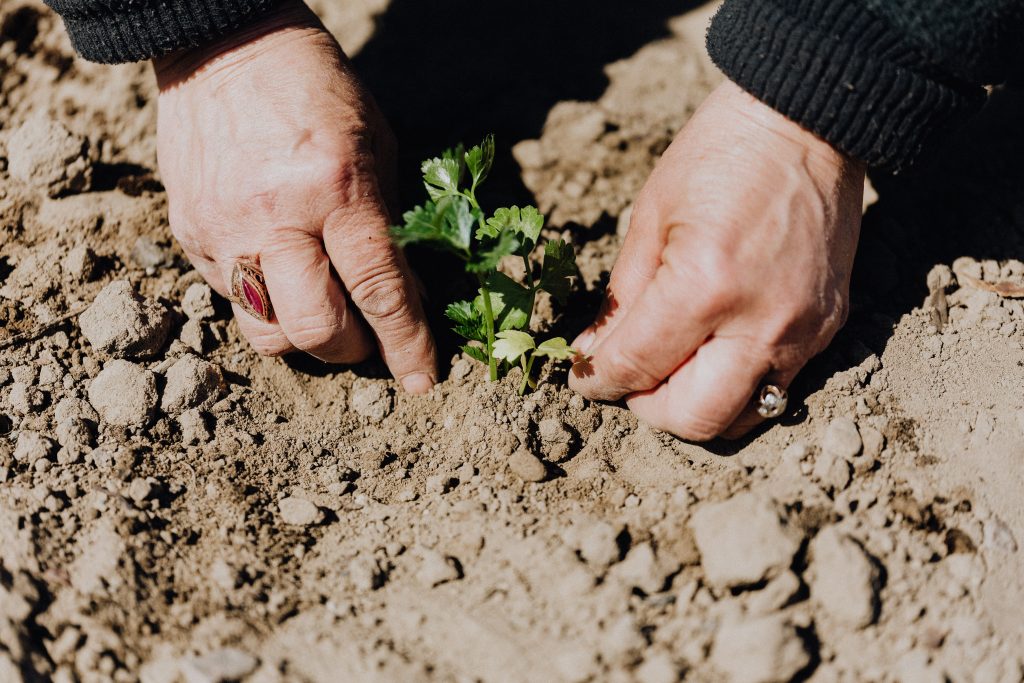
Spring has sprung! Kind of. Last week where I am in zone 5 Canada, we were hit with a surprise snowstorm. Many people expected a light dusting and for the snow to melt right away, but it stuck around for several days. I know at least one gardener who got a nasty surprise when the snow hit suddenly. They lost a lot of their newly planted seedlings to frost and had to start all over again. I know spring is an exciting time, but it’s important to be a patient gardener.
The Importance of Being a Patient Gardener
Being a patient gardener sounds boring, doesn’t it? I’m with you. I used to be all about taking big risks in the garden, planting my tomatoes early when there was still a chance of frost, and hoping that protection would keep them safe. I’ve had some successes using risky techniques, but I’ve also had lots of disappointments and failures.
Ultimately, those failures also mean losing money. It takes so much time and effort to grow seedlings indoors. Without a dedicated space to do so, I have to turn my basement into a grow-op. This requires sacrificing space and adjusting my routines. It also means investing time—and we all know that time is money—into checking on and taking care of seedlings. It took me a while to equate the effort I put into growing seedlings with money, but now I’m well aware of the connection. I am a lot more careful about transplanting. I harden off seedlings carefully, and I check the weather obsessively before putting any frost-sensitive plants out.
Waiting doesn’t mean I miss out on the gardening season. It means that I’m not worried every second that surprise snow or frost will kill my precious seedlings.
How To Be a Patient Gardener
I didn’t become a patient gardener overnight. It takes some work! It also requires making mistakes. By losing plants to bad weather early on in the season, I was able to see how much easier waiting would make my life.
Now, I am much more conservative in my planting schedules. I use planting charts for my zone found online, and if they say to plant out stuff a week after the first frost, I wait a little longer—just in case.
Scaling back my garden has also helped to make me a lot less impatient. When you’re scrambling to get everything into the ground, it’s easy to get caught up and plant things out too early. A few years ago, I had so many tomato plants that were outgrowing their shelving space, and I had a variety of lettuce and squash that would quickly need to take their place under the lights. I panicked and put the tomatoes out early. They survived, but I remember the yield being bad that year.
But how many tomatoes I netted wasn’t really the problem. I hated being stressed and worried at the start of the gardening season. Spring is supposed to be a time of excitement and wonder about the season ahead.
This year, try slowing down. A little patience goes a long way.
Read More
Ten ways to get free plants for your garden

Steph Coelho is a freelance writer gardening in zone 5b. She is a certified Square Foot Gardener and has taught various garden-related workshops. When she’s not digging in the dirt or writing, she’s cooking up fresh produce, running, or listening to her favorite podcasts.
Leave a Reply